

- RFQ
- BOM
-
Contact Us
Tel: +86-0755-83501315
Email: sales@sic-components.com
- Chinese
- English
- French
- German
- Portuguese
- Spanish
- Russian
- Japanese
- Korean
- Arabic
- Irish
- Greek
- Turkish
- Italian
- Danish
- Romanian
- Indonesian
- Czech
- Afrikaans
- Swedish
- Polish
- Basque
- Catalan
- Esperanto
- Hindi
- Lao
- Albanian
- Amharic
- Armenian
- Azerbaijani
- Belarusian
- Bengali
- Bosnian
- Bulgarian
- Cebuano
- Chichewa
- Corsican
- Croatian
- Dutch
- Estonian
- Filipino
- Finnish
- Frisian
- Galician
- Georgian
- Gujarati
- Haitian
- Hausa
- Hawaiian
- Hebrew
- Hmong
- Hungarian
- Icelandic
- Igbo
- Javanese
- Kannada
- Kazakh
- Khmer
- Kurdish
- Kyrgyz
- Latin
- Latvian
- Lithuanian
- Luxembou..
- Macedonian
- Malagasy
- Malay
- Malayalam
- Maltese
- Maori
- Marathi
- Mongolian
- Burmese
- Nepali
- Norwegian
- Pashto
- Persian
- Punjabi
- Serbian
- Sesotho
- Sinhala
- Slovak
- Slovenian
- Somali
- Samoan
- Scots Gaelic
- Shona
- Sindhi
- Sundanese
- Swahili
- Tajik
- Tamil
- Telugu
- Thai
- Ukrainian
- Urdu
- Uzbek
- Vietnamese
- Welsh
- Xhosa
- Yiddish
- Yoruba
- Zulu
- Kinyarwanda
- Tatar
- Oriya
- Turkmen
- Uyghur
Flexible Gain Configuration Amplifier
A Flexible Gain Configuration Amplifier (FGCA) is an electronic amplifier whose voltage gain can be adjusted dynamically or programmatically to accommodate varying input signal levels, noise environments, or application requirements. Unlike fixed-gain amplifiers, FGCAs offer adaptability, making them critical in systems where signal amplitude fluctuates widely—such as data acquisition, medical instrumentation, and industrial automation. This article explores the core principles, technical implementations, and real-world applications of FGCAs, highlighting their role in optimizing signal integrity and system performance. (https://www.sic-components.com/amplifierscategory-1)
Core Principles of Flexible Gain Amplification
1. Gain Adjustment Mechanisms
FGCAs achieve adjustable gain through three primary methods:
Manual/Discrete Adjustment:
Resistor Networks & Switches: Analog switches (e.g., CMOS multiplexers) select between fixed resistor pairs to set gain (e.g.,
A v =1+ Rf/Rg in an op-amp configuration).
Digital Potentiometers: Programmable resistors (e.g., TI’s TPL0101) controlled via I2C/SPI, enabling precise, non-volatile gain setting.
Programmable Gain Amplifiers (PGAs):
Integrated circuits with internal gain stages (e.g., TI’s PGA113, ADI’s AD8253) that accept digital codes (e.g., 3-bit to 8-bit) to select pre-defined gains (e.g., 1, 2, 4, 8 V/V).
Continuous Analog Adjustment:
Voltage-controlled amplifiers (VCAs) use a control voltage to vary gain linearly (e.g., AD603 from ADI, with -10 to +30 dB gain range via 0–5 V control).
2. Key Technical Specifications
Gain Range: The ratio between minimum and maximum gain (e.g., 1–1000 V/V for wide dynamic range).
Gain Accuracy/Linearity: Deviation from ideal gain (e.g., ±0.1% for precision PGAs like LTC1100).
Switching Speed: Time to settle to new gain (critical for real-time signal processing; e.g., <10 µs for high-speed PGAs).
Noise & Distortion: Gain-dependent noise (e.g., higher gain may amplify input-referred noise; aim for <10 nV/√Hz voltage noise).
Input Impedance: Maintains high impedance at low gain (e.g., 10 MΩ for medical applications) to avoid loading the signal source.
Applications of Flexible Gain Amplifiers
1. Data Acquisition Systems (DAQ)
Challenge: Signals from sensors (e.g., strain gauges, thermocouples) vary from µV to mV.
Solution: FGCAs (e.g., TI’s PGA2310) auto-range gain to match ADC input ranges, maximizing SNR and preventing saturation.
Example: In a 24-bit ADC, a PGA with 1–128 V/V gain ensures small signals (e.g., 10 µV) are amplified to full-scale ADC input (e.g., 2.5 V).
2. Medical Instruments
ECG/EEG Amplification:
Biological signals (100 µV–5 mV for ECG) require variable gain to reject baseline drift and motion artifacts.
Solution: Differential FGCAs with high CMRR (e.g., AD8233 from ADI, gain selectable via pins or software) amplify signals while suppressing 50/60 Hz interference.
Portable Devices: Low-power PGAs (e.g., LTC6268, 250 nA quiescent current) extend battery life in wearable monitors.
3. Industrial Automation
Sensor Conditioning:
Signals from pressure transducers or RTDs may require gain changes for different measurement ranges (e.g., 0–10 bar vs. 0–100 bar).
Example: A PGA112 (TI) with 1–1000 V/V gain adjusts to amplify low-level bridge outputs or high-range voltage signals.
Process Control: VCAs enable real-time gain adjustment in feedback loops (e.g., motor control systems reacting to load variations).
4. Test & Measurement Equipment
Oscilloscopes/Multimeters:
Auto-ranging amplifiers (e.g., Agilent’s InfiniiVision series) switch gain to display signals from millivolts to volts without user intervention.
RF/IF Amplification: Automatic Gain Control (AGC) loops use VCAs to maintain constant output amplitude despite varying input levels in communication receivers.
Design Considerations for FGCAs
1. Hardware Design
Component Matching:
Precision resistors (±0.1% tolerance) in gain-setting networks ensure accuracy (e.g., using thin-film resistors in PGA feedback paths).
Matched resistor pairs reduce gain errors in differential amplifiers.
Layout Best Practices:
Separate analog and digital traces to minimize crosstalk (e.g., keep SPI lines away from amplifier inputs).
Use decoupling capacitors (0.1 µF ceramic) near power pins to suppress noise from switching regulators.
Noise Management:
Choose amplifiers with low 1/f noise (e.g., JFET input op amps for DC-coupled signals) and low noise figure (NF < 2 dB for audio/medical applications).
2. Software & Control Integration
Digital Interface Selection:
SPI/I2C for microcontroller (MCU) integration (e.g., Arduino or ARM Cortex-M handling gain commands).
Lookup tables in firmware to map sensor outputs to optimal gain settings.
Calibration Algorithms:
Periodic self-calibration to compensate for component drift (e.g., using a known reference voltage to adjust gain error).
Adaptive Gain Algorithms:
Real-time feedback from ADCs to trigger gain changes (e.g., if output exceeds 90% of ADC range, reduce gain; if below 10%, increase gain).
3. Power & Thermal Management
Low-Power Modes:
PGAs with shutdown pins (e.g., PGA204, 1 µA standby current) conserve power in battery-driven systems.
Thermal Stability:
Avoid high-power components in gain networks; use surface-mount devices (SMDs) with low thermal resistance.
Key Components and Solutions
Type Example Part Gain Range Interface Key Feature
Programmable Gain Amp TI PGA113 1–1000 V/V Digital (3-bit) Low noise (11 nV/√Hz), rail-to-rail output
Voltage-Controlled Amp ADI AD603 -10 to +30 dB Analog (0–5 V) 90 MHz bandwidth, ideal for RF AGC
Digital Potentiometer TI TPL0101 10 kΩ (256 taps) I2C Non-volatile, 0.1% resistance tolerance
Integrated PGA + ADC TI ADS1115 1–16 V/V I2C 24-bit ADC with internal PGA for sensor readout
High-Speed PGA Analog Devices AD8253 1–1000 V/V Digital (3-bit) 165 kHz bandwidth, 5 µs settling time
Emerging Trends in FGCA Technology
Integration with Advanced Signal Chains:
Single-chip solutions (e.g., TI’s AFE4960) combine PGAs, filters, and ADCs for bioopotential sensing, reducing component count and noise.
AI-Driven Adaptive Gain:
Machine learning algorithms (e.g., neural networks) analyze real-time signal statistics to optimize gain, thesholding, and noise filtering in smart sensors.
Low-Power Nanopower Designs:
PGAs like LPV821 (TI, 650 nA current) enable decade-long battery life in IoT devices (e.g., wireless health monitors).
Wide Bandwidth for High-Speed Applications:
GHz-range VCAs (e.g., Mini-Circuits VCA821) support high-data-rate systems like optical communications and radar.
Conclusion
Flexible Gain Configuration Amplifiers are essential enablers of modern signal processing, bridging the gap between diverse input signals and system requirements. By dynamically optimizing gain, FGCAs enhance SNR, prevent saturation, and simplify multi-range system designs across industries—from medical diagnostics to industrial IoT. As technology advances, the integration of FGCA with AI, low-power electronics, and high-speed analog design will drive innovation in adaptive, intelligent systems, ensuring precise signal conditioning in an increasingly complex and interconnected world.
Engineers designing with FGCAs must balance gain flexibility, noise, power, and cost to meet application-specific demands. With a wide array of off-the-shelf components and emerging technologies, the future of FGCA lies in seamless integration, self-optimization, and miniaturization, empowering next-generation devices to handle diverse signals with unprecedented efficiency and accuracy.
https://www.sic-components.com/amplifierscategory-1

Hot Products
View MoreRelated Blogs

2000+
Daily average RFQ Volume

30,000,000
Standard Product Unit

2800+
Worldwide Manufacturers

15,000 m2
In-stock Warehouse




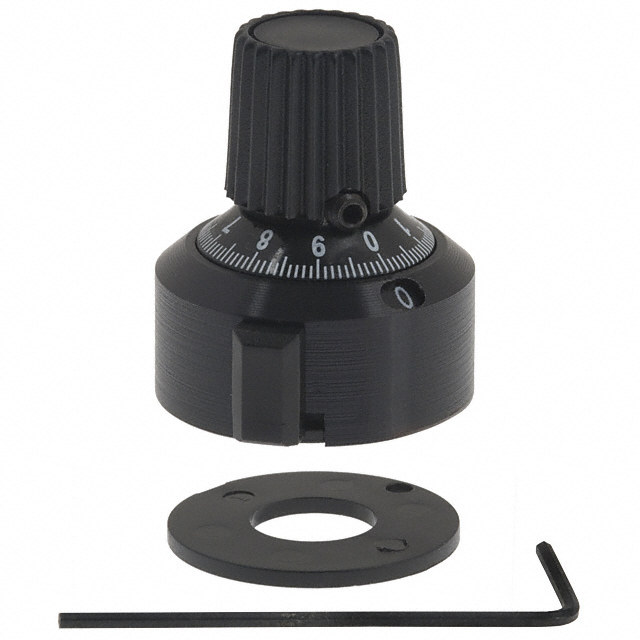
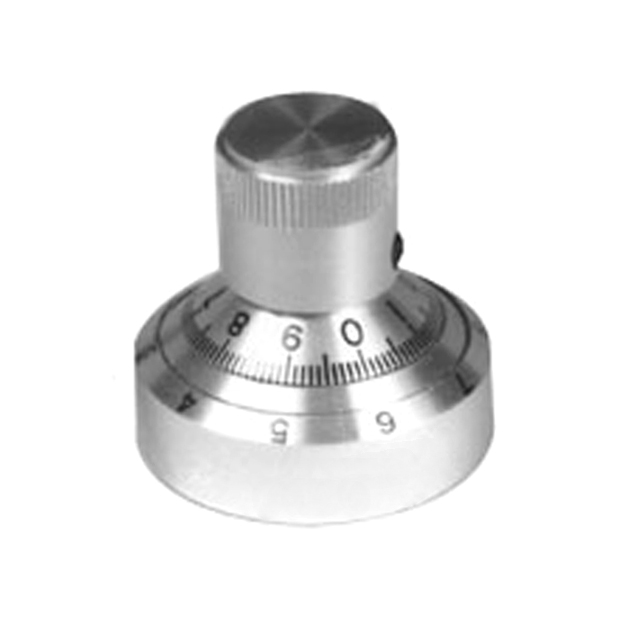

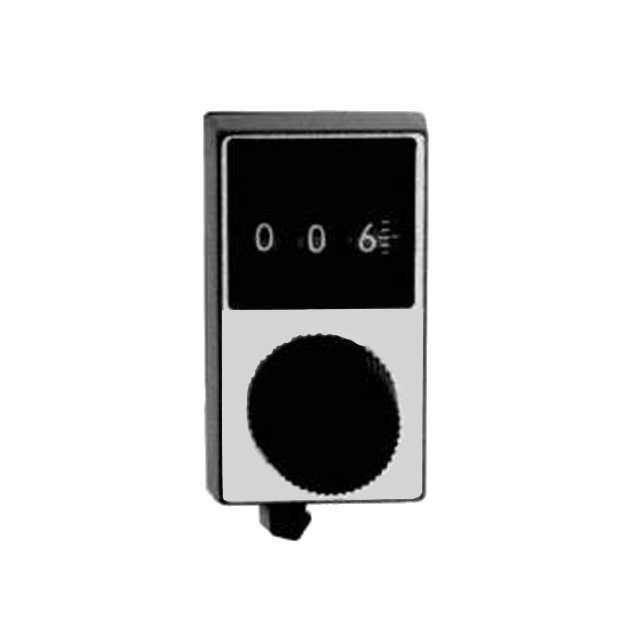
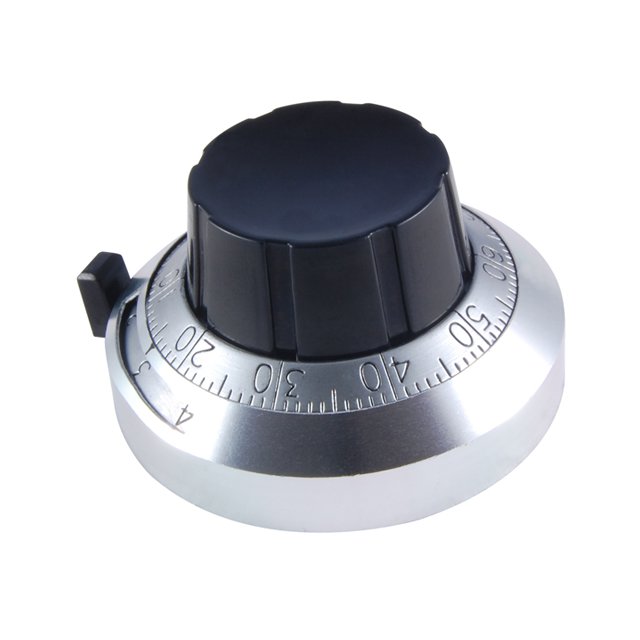
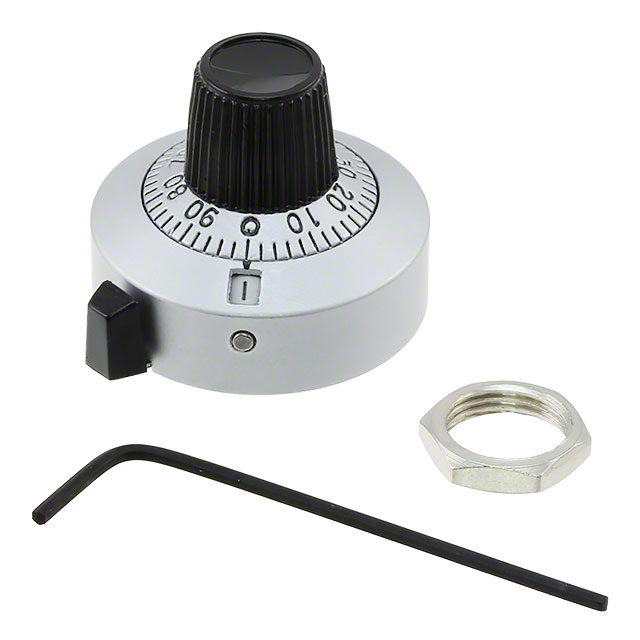


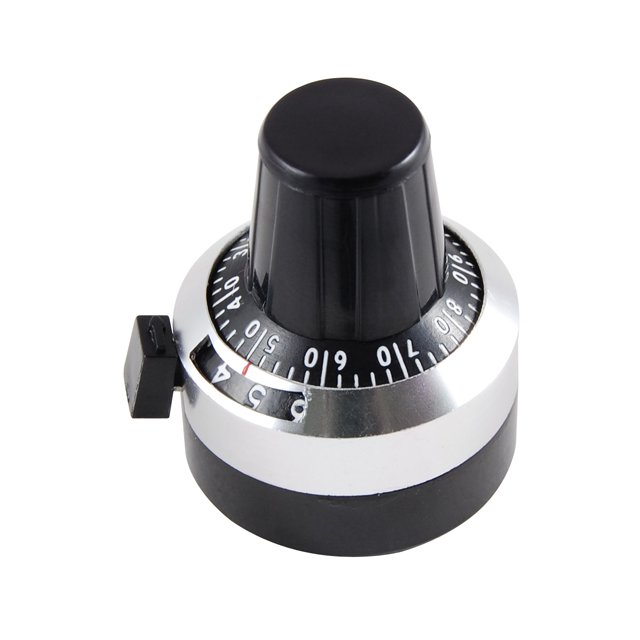
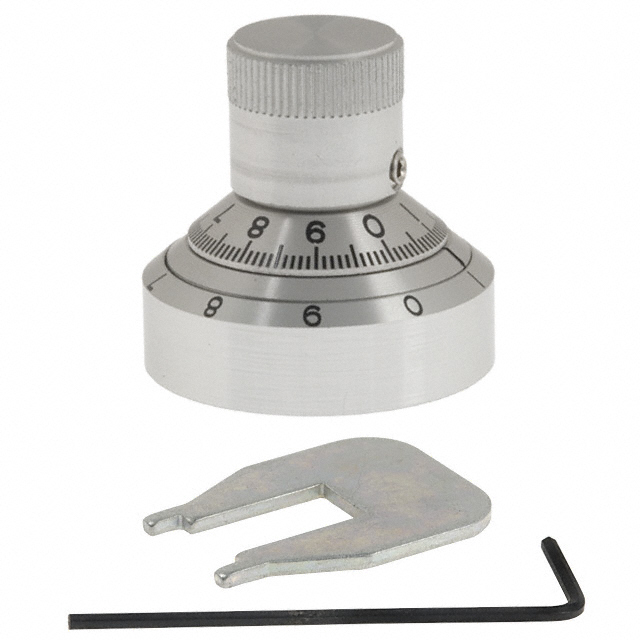


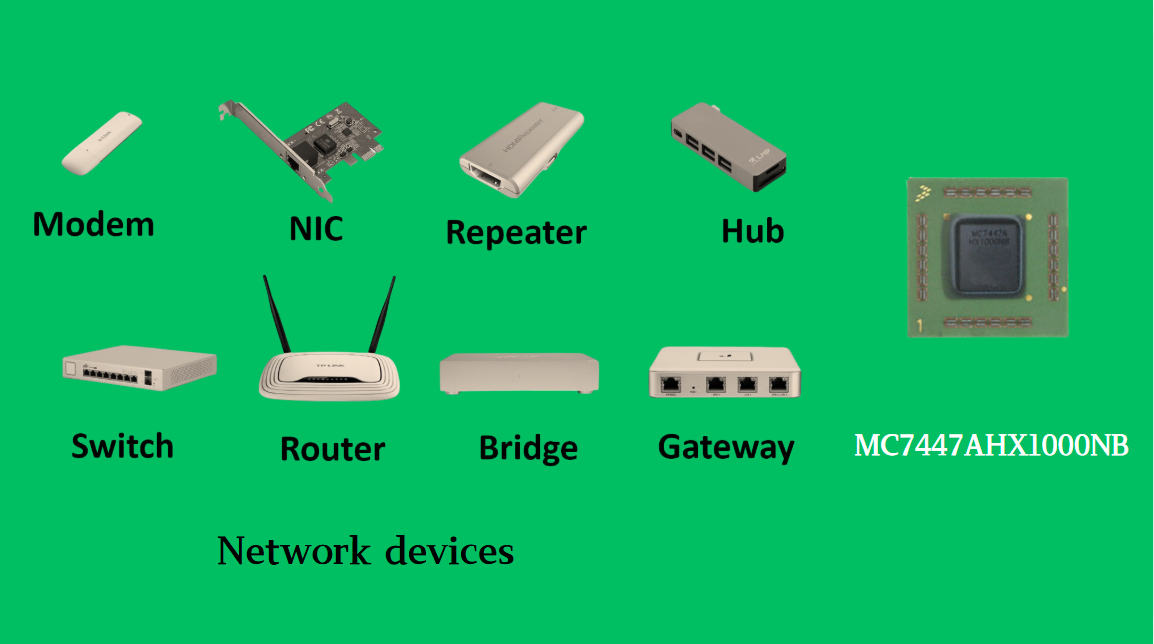








 Wishlist (0 Items)
Wishlist (0 Items)